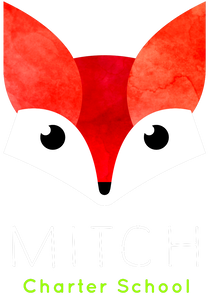MITCH Charter School prohibits discrimination and harassment on any basis protected by law, including but not limited to, an individual’s perceived or actual race, color, religion, sex, sexual orientation, gender identity, national or ethnic origin, marital status, age, mental or physical disability, pregnancy, familial status, economic status, or veterans’ status, or because of the perceived or actual race, color, religion, sex, sexual orientation, gender identity, national or ethnic origin, marital status, age, mental or physical disability, pregnancy, familial status, economic status or veterans’ status of any other persons with whom the individual associates. |
ADDRESS |
HoursM-F: 7:30am - 2:30pm
|
Telephone503-639-5757
|
|
